What are consejos comunitarios?
Long time no post but here is an overview of two trips I have done with my cohort to two protected Black communities.
Though I am studying in Cali, I am also focused on Afro descendant communities in Colombia and specifically those in the pacific region. Consejos comunitarios are areas of land where indigenous and Afro Colombian communities have gained communal land rights through a law known as Law 70. Law 70 outlines rights these communities have over their land and ways in which the government will be allowed to operate on their land. Notably this law takes control of aspects of communities’ economies and also gives the government right over resources found underground like oil or minerals.
Many of these communities receive economic support but this does not come in the form of straight money for their governments to control but the buying of resources that the government oversees. For example, instead of receiving funds for the schools from the government they would receive books or supplies. Law 70 comes with some paradoxes. Though these communities gain protection, they do not receive true self determination and their communal land rights come at a costs. Of course this is only a quick summary of my takeaways from learning about and reading Law 70 in a class setting. The actual experiences of those who live in consejos comunitarios when it comes to law 70 I cannot speak for. If you want to learn more about the law you can go here. What is clear though, is that these communities have collective pride in their culture and their histories and the ability to implement these teachings in their schools.
In my program I have been able to visit 2 consejos comunitarios: San Cipriano which is in Buenaventura and San Basilio de Palenque outside of Cartagena.
First San Cipriano!
I visited San Cipriano in March which is a Afro descendant protected community. We drove 2 hours from Cali then walked over a suspension bridge and took a little wooden buggy controlled by a motorcycle to get there. Before getting there our driver took us to a pit stop at a nearby waterfall.
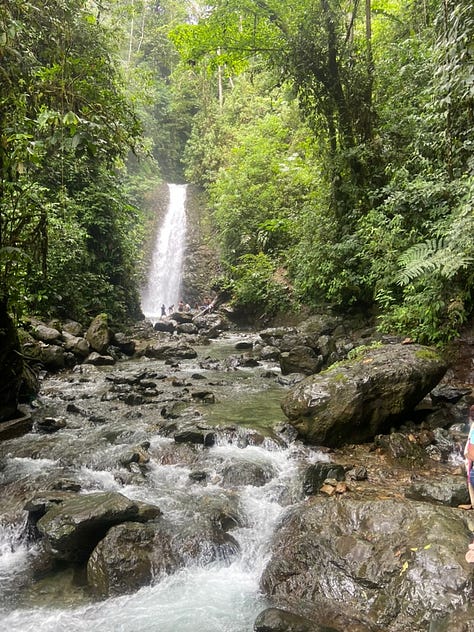
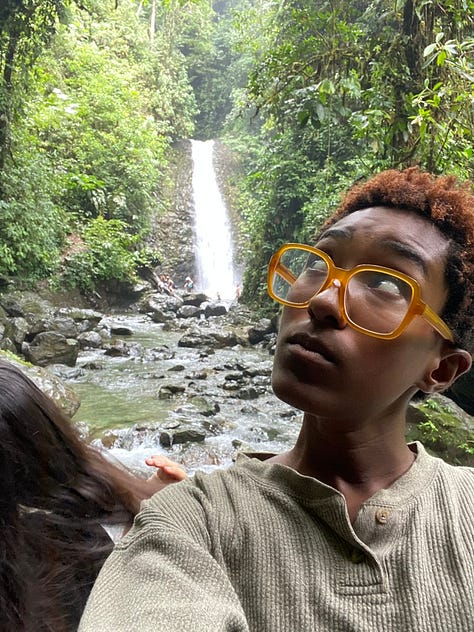
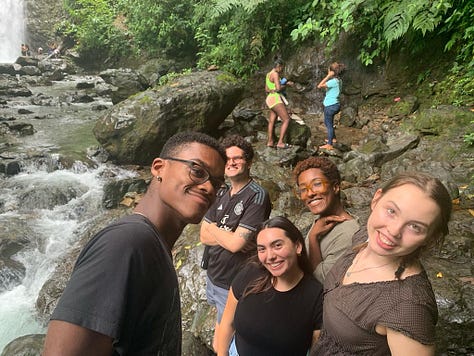
The little cart we took to get into the community was called a brujita the cart moves over the tracks that previously belonged to a rail line that traveled to Buenaventura. This cart ride is the main way for locals and tourists to get into the community.
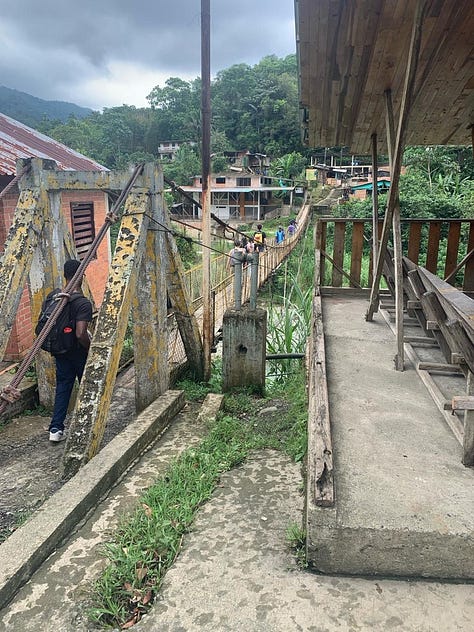
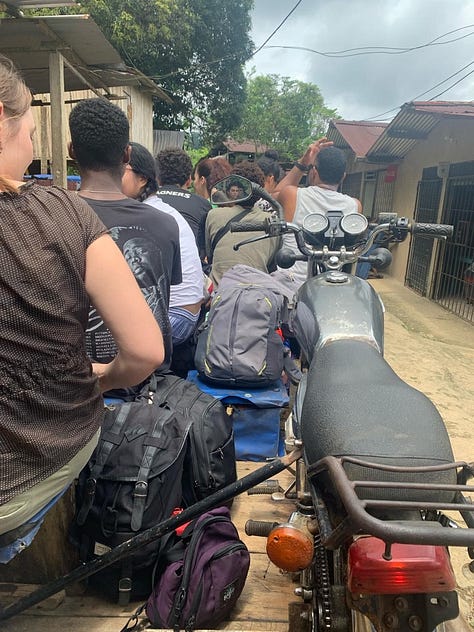
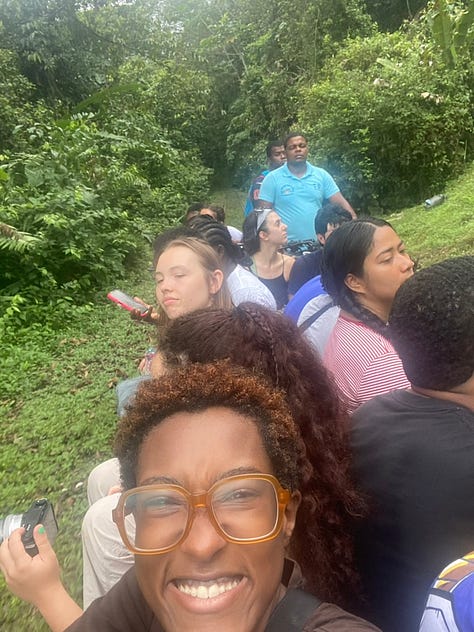
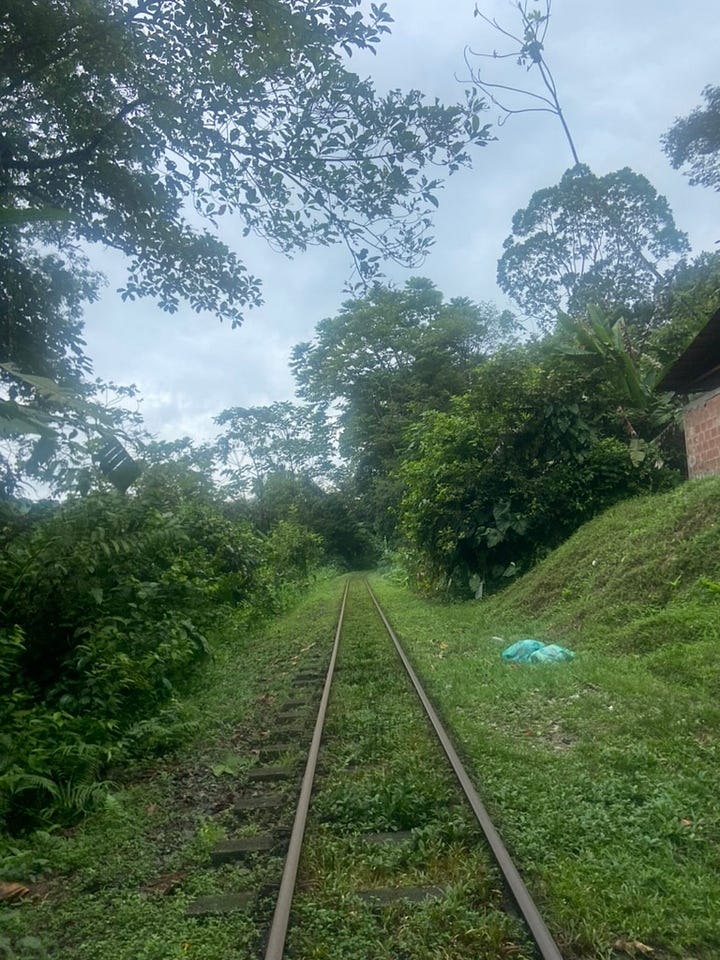
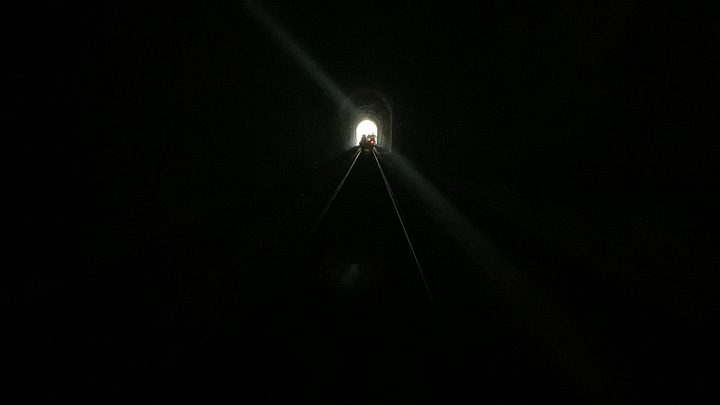
The ride over was beautiful as we were on this track overlooking the river and on a hillside. This ride made it clear how removed we were from the surrounding area and allowed me some time to think and reflect about the community we were entering.
During our visit we met with community leaders learned about the community’s culture and history and talked with women and learned about traditional medicine. Viche is a very important drink for the pacific region it is a kind of whisky. We were able to try some medicinal viche which is used to treat various ailments. This trip was only a weekend so we got an abridged look at the community. We also saw how tourism is connected to daily life for people who live in San Cipriano. It was real powerful to see a community of Black people connected with nature and their land as I have not had the opportunity to see communities like this in the US.
Next: San Basilio Del Palenque
San Basilio del Palenque is an Afro descendant community and the first free community of enslaved people in the Americas. This community holds a lot historic importance and I was surprised that I had never heard of it until this trip.
This trip lasted 3 days and we stayed with host families with 2 or more other people in our program. We shared breakfast and lunch with our host families and then attended a variety of information sessions on aspects of the communities present. In San Basilio they speak Spanish and a creole known as criollo palenquero. It was really interesting to hear this creole and learn how this language was almost lost but how there is work that has revived the language and how it is taught in the schools. The community differed from San Cipriano in multiple ways as it seemed that they had more development in their community and that their economy was more developed and did not depend on tourism in the same form as San Cipriano.
We went to sessions on the history and culture of the community, a walking tour, criminal justice system in the community, traditional medicine, african inspired drumming, and we also had a meal on a farm.
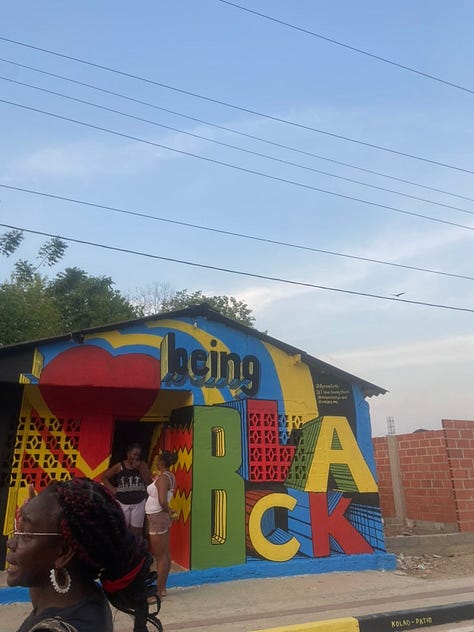
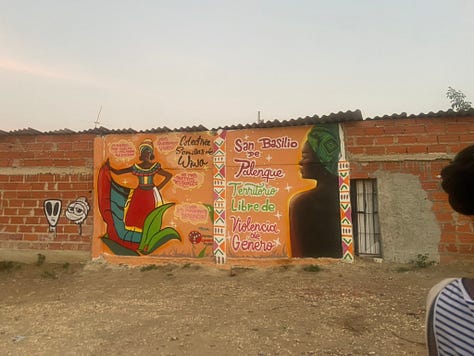
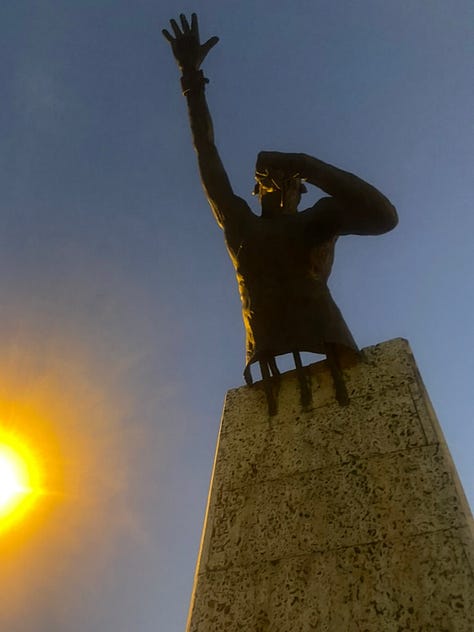
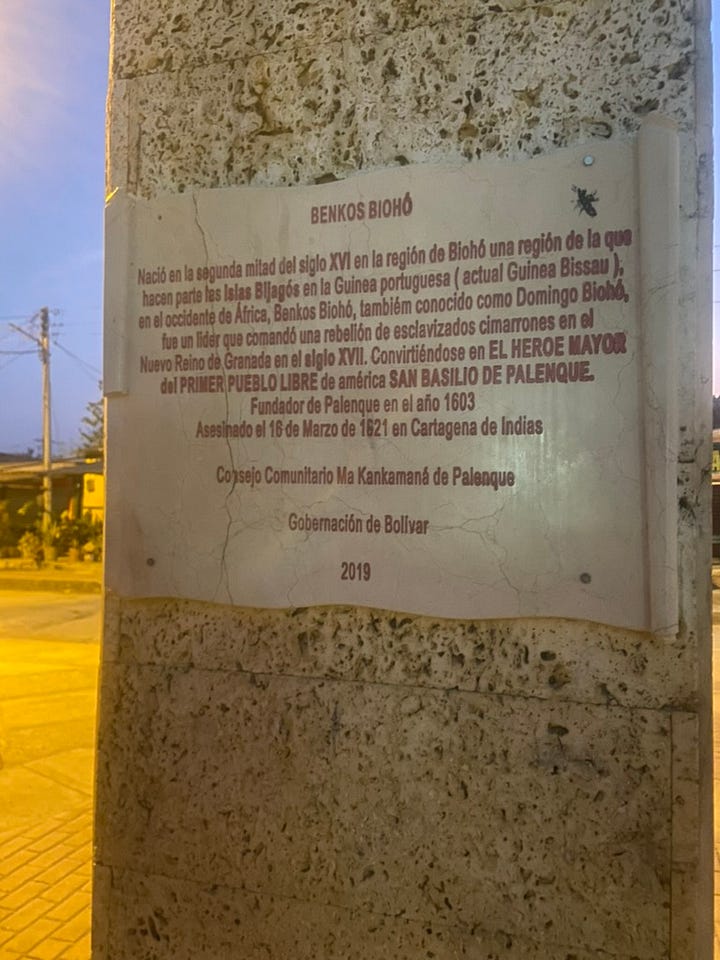
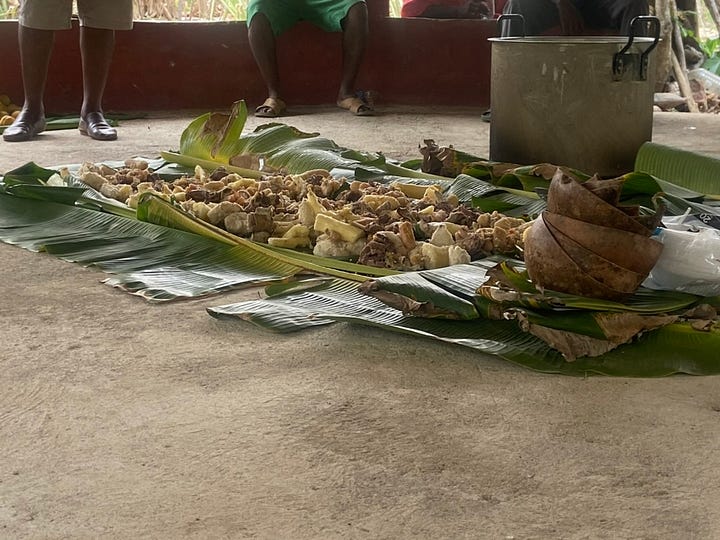
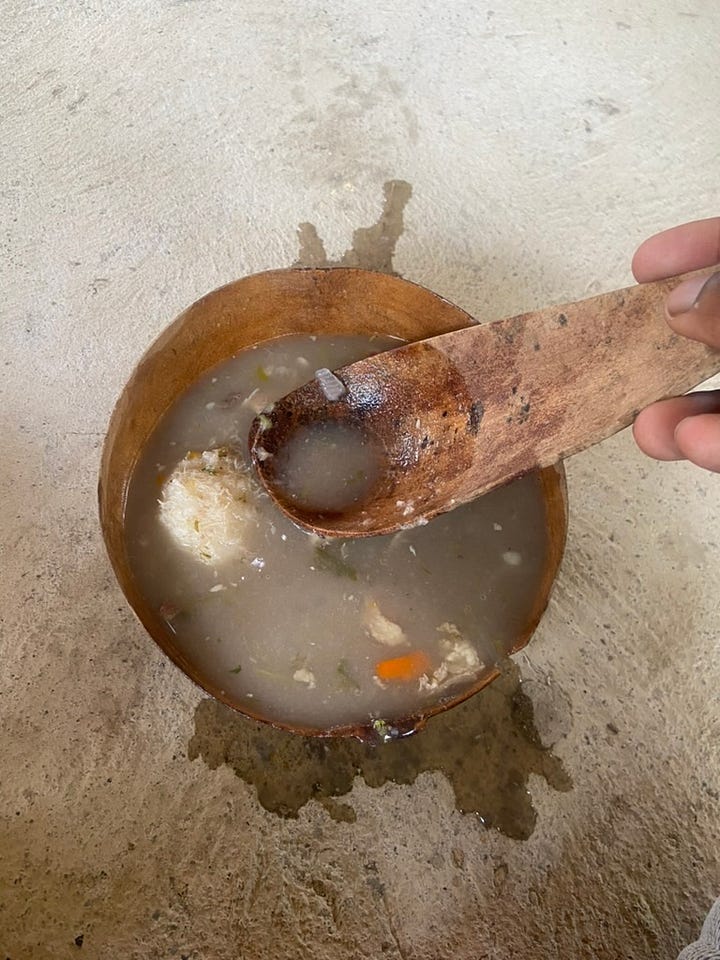
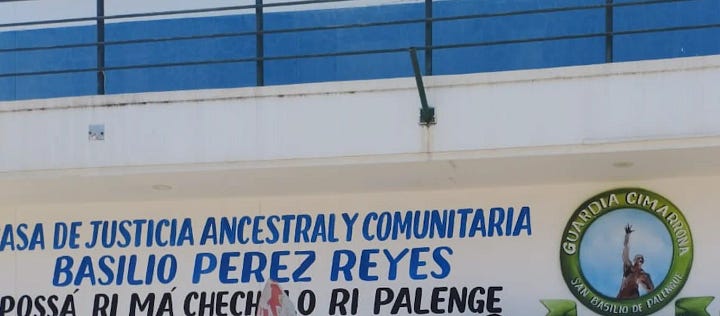
We were able to hear more from this community about how they have experienced Law 70 as well as their specific cultural traditions. This visit was very eye opening and was also on the Caribbean coast of Colombia so the climate was different and I was able to a lot of really good seafood. After our days in San Basilio we made our way to Cartagena. This was my first experience in the Caribbean and it felt familiar in some ways having family roots in Caribbean islands.
Overall these protected communities are a very interesting concept and made me think about what it would be like for Black communities in the US that are descendants of enslaved people to have access to communal land rights. It also made me think about how government involvement in these communities creates new tensions or difficulties for these communities.
Thinking of you all and always reflecting on what it means to be having these experiences.
— Lillian, Gibster’s Notebook




